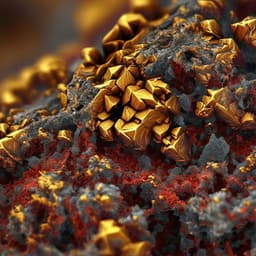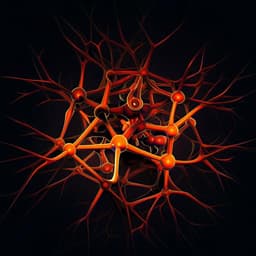
Physics
Tailored optical propulsion forces for controlled transport of resonant gold nanoparticles and associated thermal convective fluid flows
J. A. Rodrigo, M. Angulo, et al.
Explore the innovative research by José A. Rodrigo, Mercedes Angulo, and Tatiana Alieva, which utilizes the heat-generating properties of gold nanoparticles to guide fluid flow in microscale environments. Discover how tailored optical forces can manipulate these nanoparticles, creating dynamic moving heat sources and a novel micro-optofluidic tool.
~3 min • Beginner • English
Related Publications
Explore these studies to deepen your understanding of the subject.







